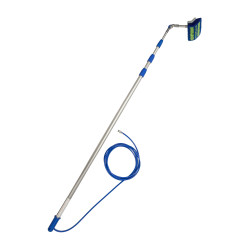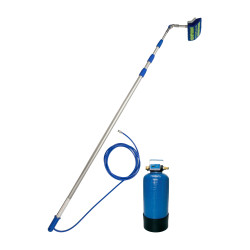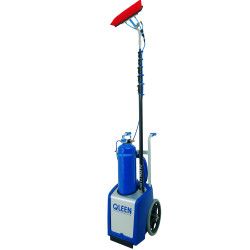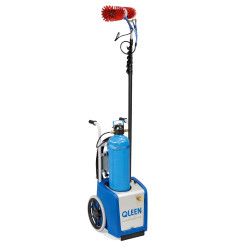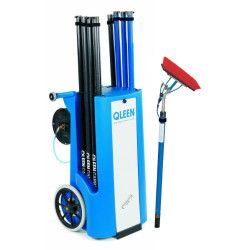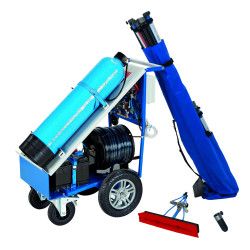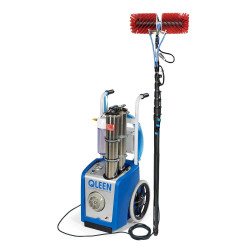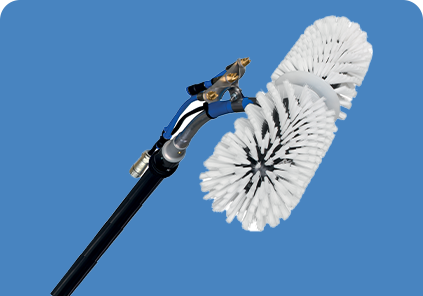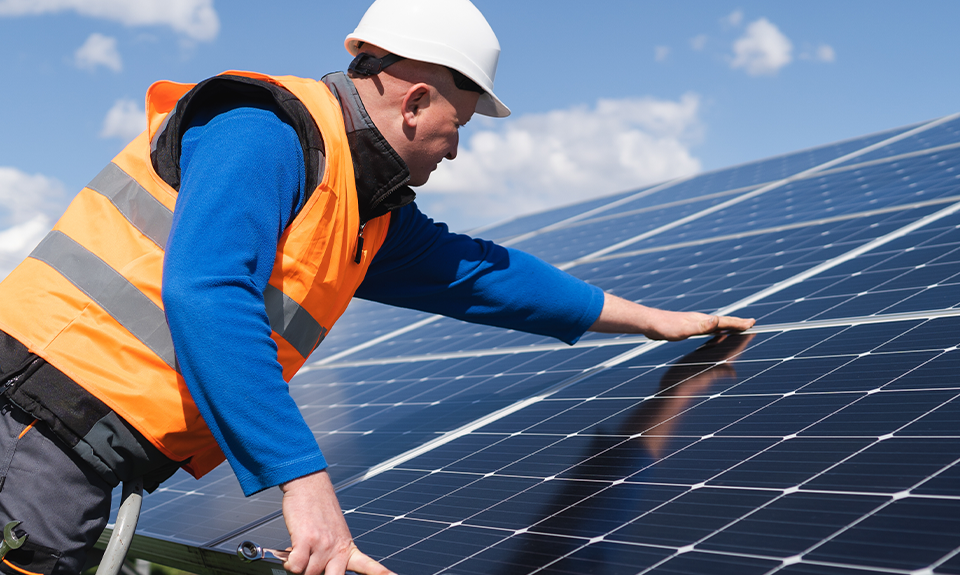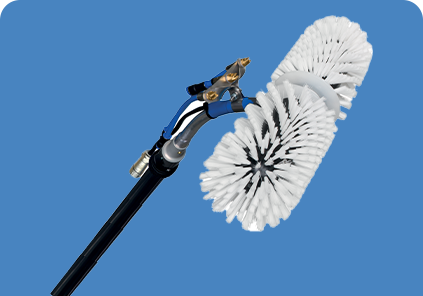
Robot vs rotating brush, which is the best solution for cleaning solar panels?
To maintain optimal energy efficiency of a solar panel, regular cleaning is necessary. This maintenance removes dirt, dust, and deposits of grime or fungus that impair the performance of photovoltaic cells. In addition to maximizing electricity production, this process helps extend the lifespan of the installation. Various technologies are available for maintaining these systems, including cleaning robots, rotary brushes, and manual brushes.
Overview of Cleaning Technologies
Solar Panel Cleaning Robot
The solar panel cleaning robot uses a motorized and automated system to effectively remove dirt. Equipped with rotary brushes and water jets, this equipment moves across photovoltaic modules using rails or chains. It typically operates using electric power or a battery. One of its main advantages is its fast cleaning speed. In one hour, the robot can clean up to 400 m² of solar panels. Moreover, its precision ensures uniform cleaning, reducing the risk of missed spots. Despite its automation, it's important to note that the robot requires human supervision throughout the cleaning process. The operator must be thoroughly trained to handle the robot correctly, as the controls are quite technical and sensitive. Improper use can easily damage the solar panel installation, which could be costly for the cleaning company. The robot's weight can also be an issue during installation, removal, or while transitioning between panels.
Rotary Brush for Solar Panels
The rotary brush is a motorized tool designed to clean solar panels effectively. Brush-head motors drive two rotating heads with fibers specifically designed to clean solar panels. Powered by both a water and electric connection, this device provides a combination of mechanical and hydraulic cleaning. One of its key advantages is its ease of use. Unlike a robot, it is both quick to set up and easy to handle. Its balance of performance and price makes it an attractive solution for panels of all sizes. However, its cleaning capacity per hour is lower than that of a robot.
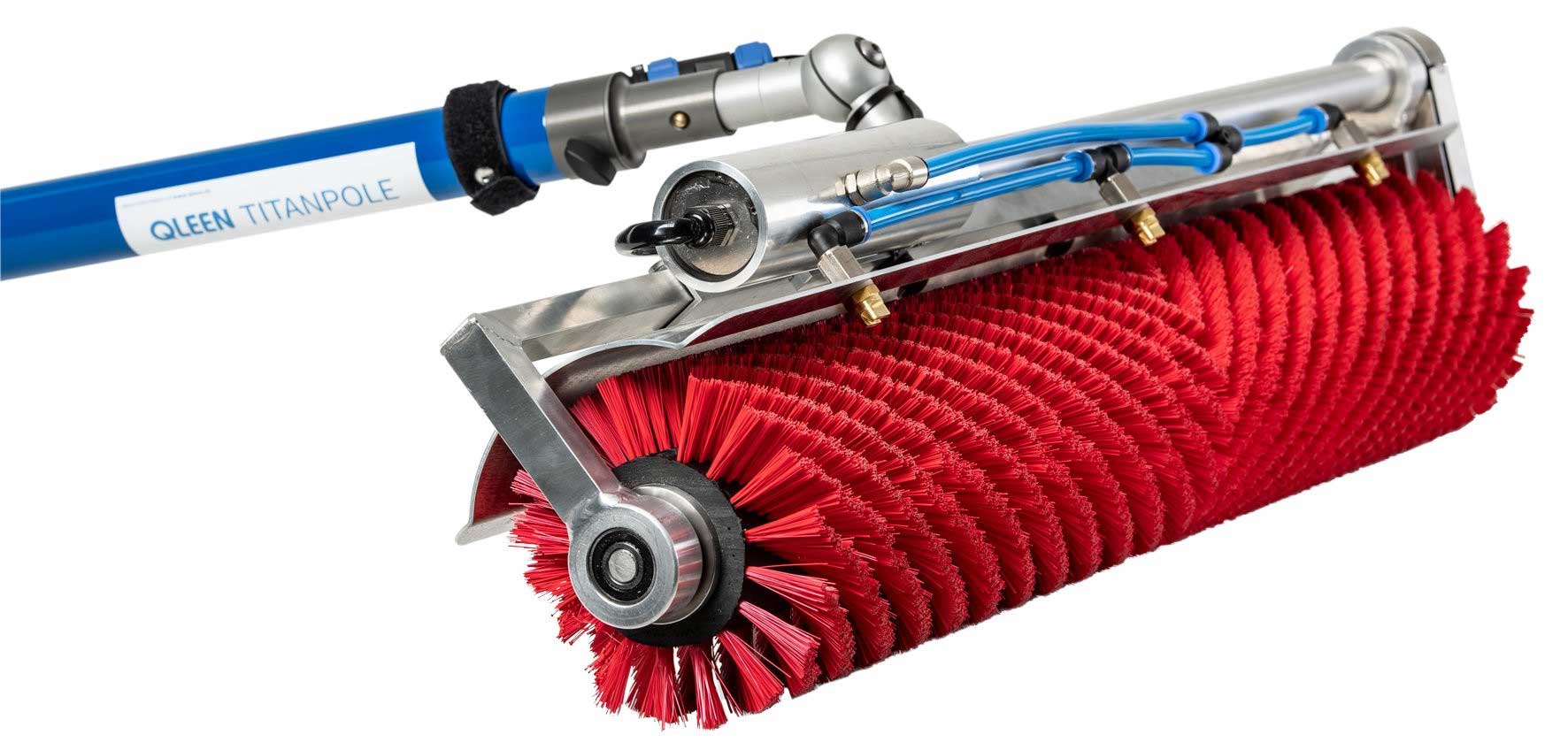
Manual Brush for Solar Panels
When it comes to cleaning photovoltaic panels, the manual brush is the simplest and lightest tool. Typically, it consists of a brush head mounted on a telescopic pole connected to a water source for improved efficiency. This equipment is especially suited for individuals with small installations, as it requires considerable physical effort. Cleaning several hundred square meters of solar panels with a manual brush can be long and challenging. This type of brush is not ideal for heavily soiled panels that require specific mechanical action to restore original cleanliness. Its main advantage is that it requires no special training or complex accessories.
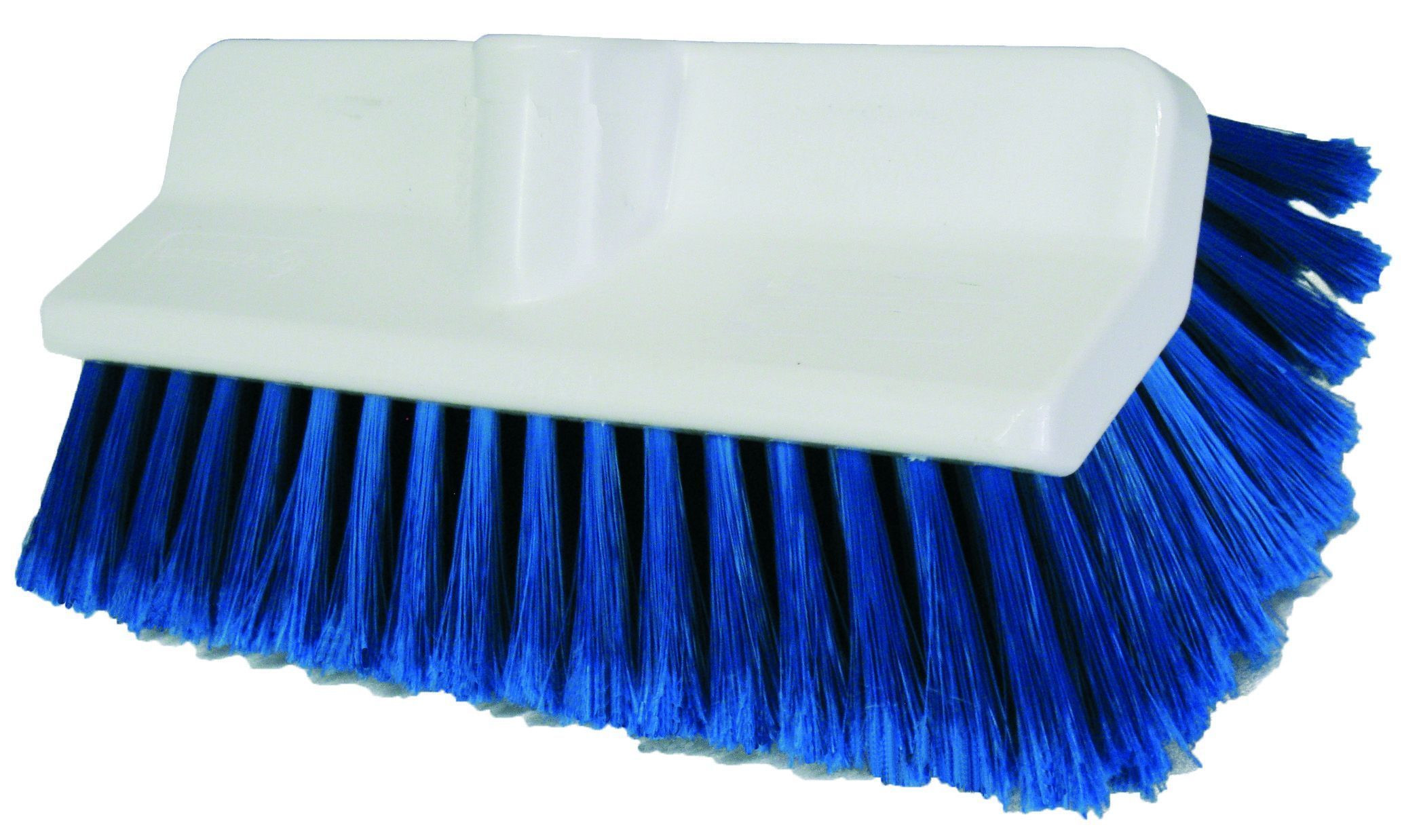
Performance Comparison
The performance of different cleaning solutions varies depending on the technology used. For example, the solar panel cleaning robot is the obvious choice for companies targeting cleaning projects covering several hundred or even thousands of square meters. Robots can clean about 400 m² of panels per hour. Rotary brushes can reach up to 250 m² per hour, offering a good balance between speed, ease of use, and equipment investment. Finally, manual brushes are the least efficient, with a maximum of about 80 m² per hour—unless the operator is very strong!
Adaptability to panel angles is another key factor. Robots only work on moderate slopes, often less than 10°. In contrast, rotary and manual brushes are suitable for all types of inclines. In terms of long-term durability, robots require more frequent maintenance and customer service due to their advanced technology. Thanks to their simple and sturdy design, rotary brushes require minimal maintenance and are more reliable over time. Manual brushes need no maintenance—just replace the brush fibers when they wear out.
It's also essential to consider initial and maintenance costs. Robots typically represent a high investment with additional repair and upkeep expenses. Rotary and manual brushes are more affordable and require minimal maintenance. These are durable and reliable tools that provide effective solar panel cleaning.
Versatility Comparison
First of all, cleaning robots are specifically designed for solar panel cells and are highly effective over large areas. Rotary brushes can be more versatile, as some models—like the classic version—can also clean windows, façades, and cladding. Finally, manual brushes are the most versatile since they can be used for cleaning boats, vehicles, trains, and trams, among many other specific applications.
Choosing the Best Option Based on the Type of Installation
The choice of solar panel cleaning equipment mainly depends on the type of installation to be cleaned. For intensive use on large solar farms, the efficiency of solar cleaning robots is undeniable. Rotary brushes are often recommended as a complement to robots because they allow cleaning in areas where robots cannot reach. Rotary brushes are quick and easy to set up and allow cleaning of steep or hard-to-access panels. Finally, manual brush models remain the best cleaning solution for residential solar panels due to their speed, ease of use, and minimal initial investment cost.
Conclusion
In summary, each solar panel cleaning solution has its specific advantages and disadvantages. Depending on usage frequency, installation size, and the business model of the cleaning or solar installation company, various solar panel cleaning solutions are available. While the robot offers unmatched hourly cleaning performance, it is a more technical device that requires specialized training and constant supervision by a skilled operator. Robots also demand higher investment and maintenance costs. As for rotary brushes, they combine efficiency with simplicity. Manual brushes remain the ideal option for occasional needs or for cleaning small photovoltaic modules. Before choosing, evaluate your needs, your skills, and the business model you wish to implement.

 Français
Français
 English
English
